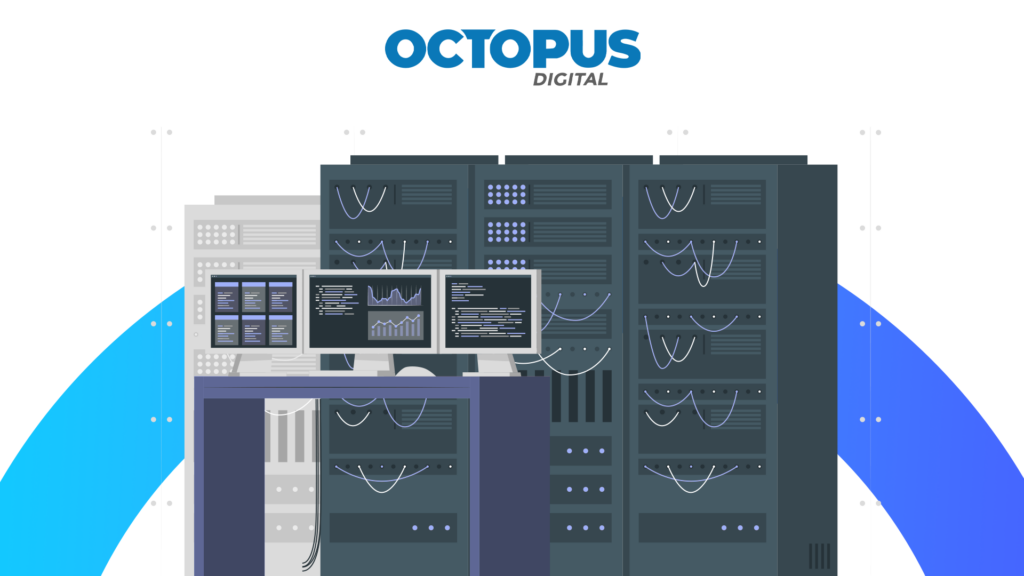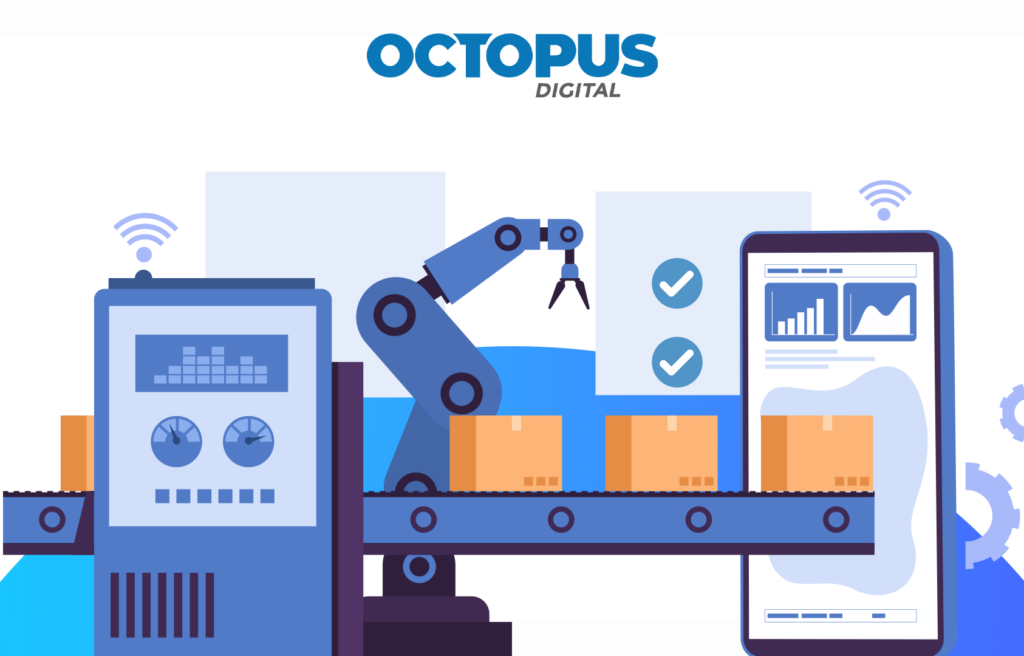Have you ever marveled at the complex machinery that powers our modern world? Behind the scenes, SCADA system play a pivotal role in industrial automation by monitoring and controlling industrial processes with precision and efficiency. Let’s delve deeper into its intricacies, application and utility.
SCADA system explained
SCADA (Supervisory Control and Data Acquisition) system integrates both hardware and software components. Facilitating industrial automation by capturing real-time Operational Technology (OT) data. It establishes connectivity between sensors monitoring equipment such as motors, pumps, and valves, linking them to a server located either onsite or remotely.
A SCADA system enables organizations to:
- Manage processes either locally or at distant sites.
- Gather, analyze, and visually represent real-time data.
- Directly interact with industrial equipment, including sensors, valves, pumps, and motors.
- Log and store events for future reference or report generation.
Depending on the setup of the SCADA control system, operators monitor the status of industrial processes from various locations. This includes an operator workstation overlooking the industrial plant. A Human-Machine Interface (HMI) positioned alongside machinery, or even remotely from an employee’s home.
Brief history of SCADA
The origins of SCADA systems trace back to the 1960s when utility companies first utilized them for remote monitoring and control of equipment such as pumps and valves. Since then, rapid technological advancements have expanded their applications across various industries, from manufacturing and energy to transportation and beyond.
The SCADA system hardware
The hardware components of a SCADA system form the backbone of its infrastructure. These include sensors for data collection, PLCs (Programmable Logic Controllers) and RTUs (Remote Terminal Units) for process control, communication networks for data transmission, and HMI (Human-Machine Interface) devices for operator interaction. Together, these components create a robust framework for monitoring and managing industrial processes with precision.
Who can benefit from SCADA system?
SCADA systems find application across industrial organizations and entities in both public and private sectors. Their purpose spans controlling processes, enhancing efficiency, facilitating data-driven decision-making, and promptly addressing system anomalies to minimize downtime. SCADA systems allows them to adapt seamlessly to a myriad of enterprises, from basic setups to intricate installations. In 2020, the largest portion of the worldwide market for SCADA was dominated by hardware, amounting to approximately $46 billion USD. Serving as the cornerstone of numerous contemporary industries, SCADA systems are prevalent in sectors such as energy, food and beverage, manufacturing, oil and gas, power generation, recycling, transportation, water management, wastewater treatment, and beyond.
SCADA system examples
The versatility of SCADA systems is evident across a wide range of industries:
- Oil and gas:
SCADA systems monitor pipeline infrastructure, detecting leaks, controlling flow rates, and ensuring the safe transportation of oil and gas resources.
- Water and wastewater management:
In water treatment plants, SCADA systems regulate purification processes, monitor water quality parameters, manage distribution networks, and optimize resource utilization.
- Manufacturing:
SCADA systems oversee production lines, monitoring equipment performance, managing inventory levels, and ensuring quality control. They provide real-time insights into production processes, enabling operators to identify bottlenecks and optimize production efficiency.
- Power generation and distribution:
SCADA systems play a critical role in power plants, managing generation, transmission, and distribution processes. They monitor energy consumption, detect faults, and facilitate load balancing to ensure a reliable supply of electricity.
These examples illustrate the diverse applications of SCADA systems in enhancing efficiency, safety, and reliability across industries.
How to implement a SCADA solution
Implementing a SCADA solution requires a systematic approach:
-
- Assessment: Begin by assessing the specific needs and requirements of the operation. Identify key performance indicators (KPIs), critical processes, and areas for improvement.
-
- Hardware selection: Choose the appropriate hardware components, including sensors, PLCs, RTUs, and communication devices, based on the application requirements and environmental conditions.
-
- Software integration: Select a SCADA software platform that aligns with the operational needs and offers features such as data visualization, trend analysis, alarm management, and remote access.
-
- System design: Design a scalable and robust SCADA architecture, considering factors such as network topology, redundancy, and cybersecurity measures to ensure system reliability and integrity.
-
- Installation and commissioning: Install and configure hardware and software components. Conduct thorough testing, and commission the system to ensure seamless integration and functionality.
-
- Training and maintenance: Provide comprehensive training for operators and maintenance personnel to ensure proficient operation and troubleshooting. Establish regular maintenance schedules to monitor system performance, address issues promptly, and implement software updates and security patches.
By following these steps, organizations successfully implement a SCADA solution tailored to their specific requirements, driving efficiency, productivity, and competitiveness in today’s dynamic industrial landscape.
The need for an integrated SCADA software
The heart of any SCADA system lies in its software. Modern SCADA software offers a plethora of features, including data visualization tools, trend analysis capabilities, alarm management systems, historical logging functionalities, and remote access options. These advanced features empower operators to make informed decisions in real-time, identify anomalies, and take proactive measures to optimize processes and maximize efficiency.
While offering connectivity and control of sensors linking them to a server located either onsite or remotely, SCADA is limited in case of managing and analysing any data derived through manufacturing automation.
To tackle this, software solutions exist such as OmniconnectTM. By gathering and converting, varied manufacturing data, actionable insights are instantly derived by OmniconnectTM that fuel business performance enhancements. The symphony created by SCADA and such IIoT software solutions is essential for maximum utility of the processes.
From their origins in the 1960s to their widespread adoption today. SCADA systems have revolutionized industrial automation, becoming indispensable tools for organizations in both public and private sectors. As technology evolves, the capabilities of SCADA systems will continue to expand, shaping the future of industrial automation and control. Learn more about industrial automation, and its role in creating highly productive and efficient manufacturing units.




